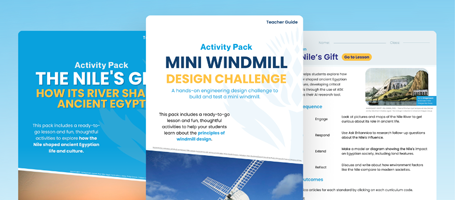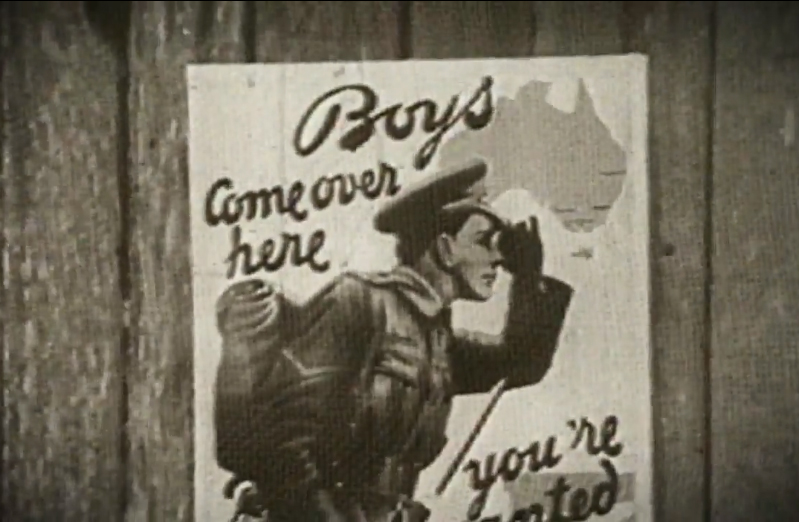On the ‘The eleventh hour of the eleventh day of the eleventh month’ we pause to remember the service and sacrifice made by men and women involved in World War I and all war efforts.
Use the following activities to help primary and middle school students develop their own understanding of Remembrance Day through the study of various media types.
Primary School
What better way to introduce children to the significance of Remembrance Day than through poetry? Use this Britannica School Primary level resource pack to help your students with the following activities.
Activity
John McCrae, a Canadian physician and poet, wrote the short poem “In Flanders Fields” to help the listener understand the experiences of service people and their relatives during wartime.
Use the Events/Ideas/Reactions Graphic Organiser to respond to the following questions.
- How did you feel listening to the poem?
- What words in the poem are used to portray feeling and emotion?
- What imagery does the poem create?
Middle School
Use this Britannica School Middle level resource pack to help you with the following Remembrance Day activities. It contains a collection of articles, images and videos documenting Australia’s involvement in World War I.
Activity
- Create a timeline that highlights Australia’s involvement in World War I. Use the Timeline Graphic Organiser to record the process.
- Answer the following questions using the Main Idea and Detail Web
- Why did Australia become involved in this war?
- What was the nature of the Australian involvement?
- What impact did this war have on Australia and its people?
These activities and resources have been created using content from Britannica School, the go-to site for safe, comprehensive student research. Contact your librarian to find out if your institution already has access. Find out more about Britannica School or set up your own free trial.
Featured Image from Britannica School: Screen shot from video “Gallipoli Campaign”. ©BTN .
More Educator Resources
Sign up with your email for more free resources from Britannica.

